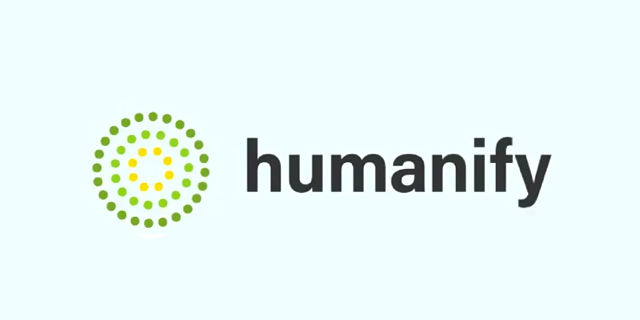Mumbai: Newspapers were rated as the most credible news source, not only for older but younger readers too, according to a study by Humanify, a technology-based research platform. Older aged respondents, gave higher scores to newspapers, citing concerns around fake news and conspiracy theories on internet and social media channels. While as many as half the younger readers, (aged less than 30 years), also favoured newspapers even over channels such as TV, social media and websites as sources of news.
While findings seem to underscore enduring trust in traditional media even in the digital age, the study which was conducted on Humanify’s app, also showed high preference on receiving the news digitally. Of the total readers, 84.1% reporting a good preference for the digital format, also reflected by the older (>30 years) readers.
The top reason for preference of a digital delivery was convenience, with 93.2% scoring the digital format high on convenience. Top reasons for this were easy access to digital media, especially news consumption out of home and while commuting. Interestingly, there were also mentions around how a digital medium would be more sustainable and planet friendly than newspaper prints, reflecting an emerging concern for the planet and sustainable living.
“While the preference for digital delivery is expected, it’s heartening to see that legacy newspapers can still find relevance even with younger readers, by adapting to digital formats,” said Geetika Kambli, Founder at Humanify. The study was run on Humanify’s app, capturing conversations by readers around their preferred reading habits, and using AI to convert this unstructured data into a research report in minutes. AI is redefining the way we experience products and express our feelings about them. If we choose to use it well, it can give us the transparency we need, around how we read and decode insights”, says Geetika.
The report also noted that readers appreciated local news coverage, indicating an emerging trend towards localisation and customisation in news consumption.
Methodology: The study was run on a sample of randomly selected readers based in Mumbai. Respondents were approached across ages 18-50, and across genders. All readers were interviewed to confirm their readership preferences, and with their consent, their conversations around the readership experience were captured and decoded using Artificial Intelligence in the Humanify app.

















